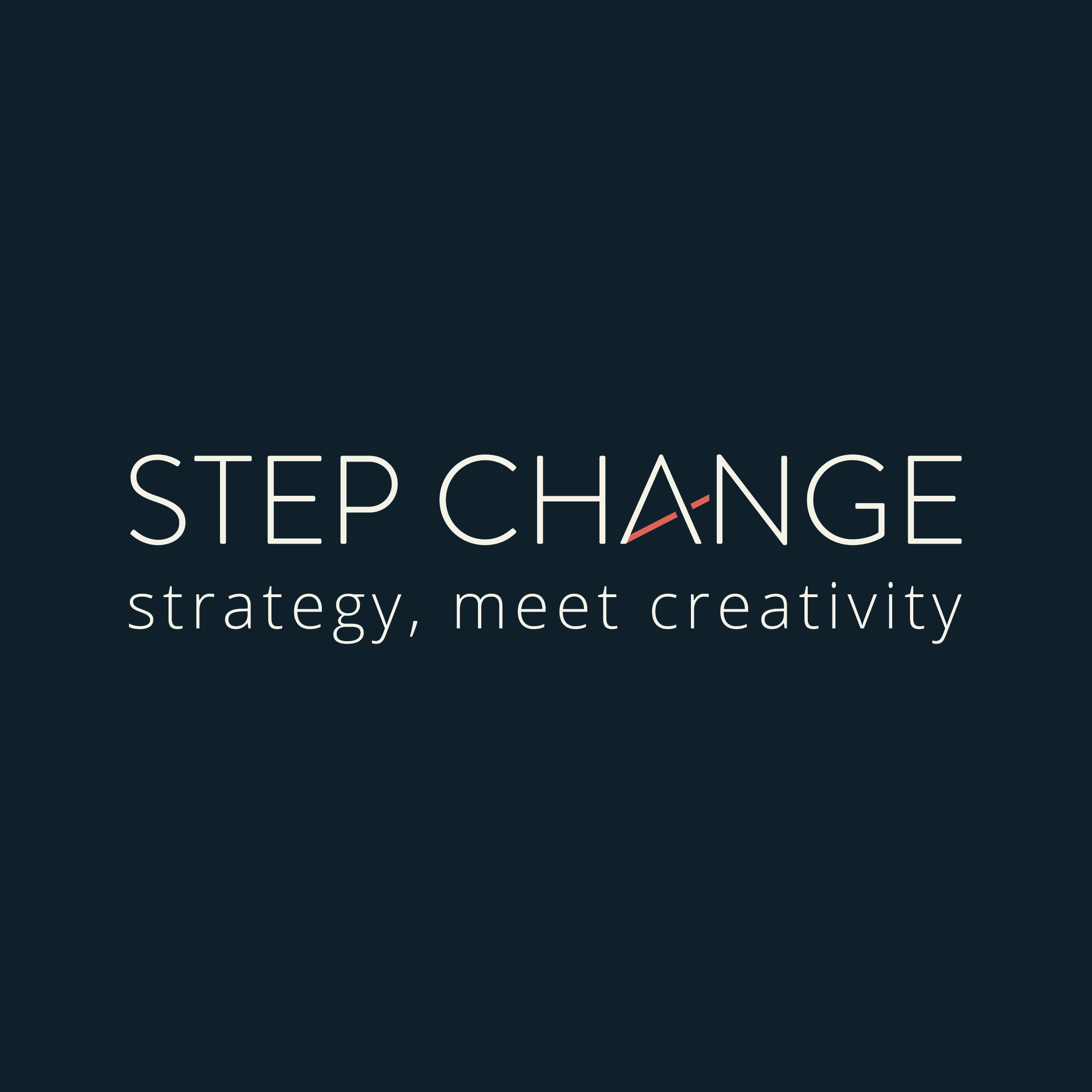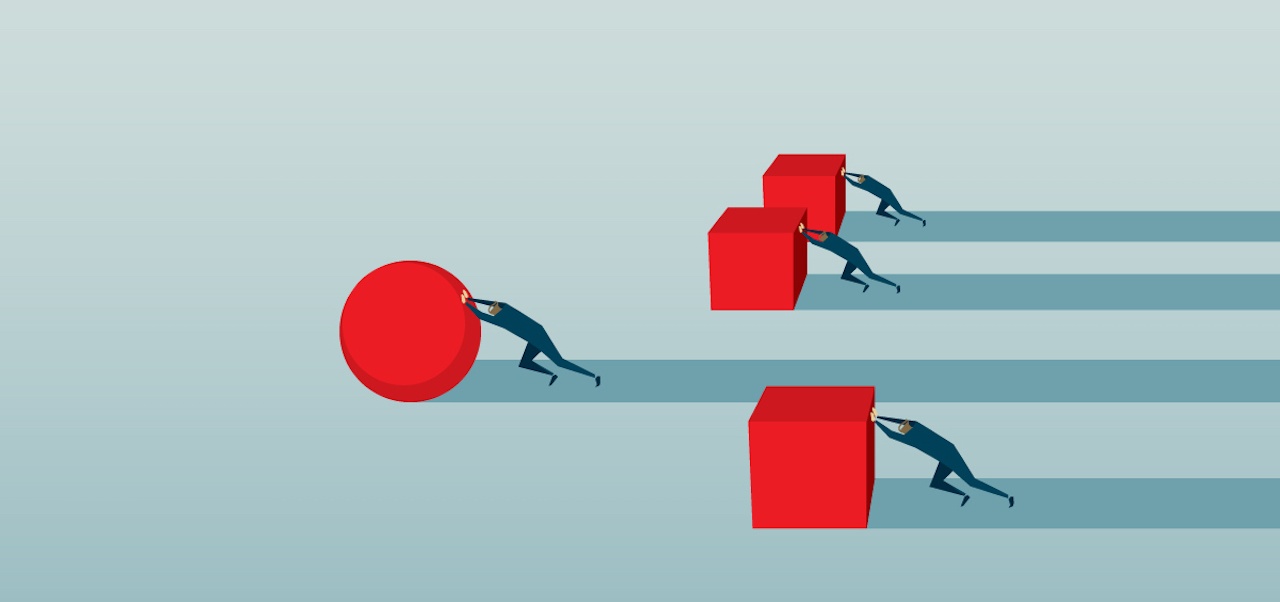Breakthrough technologies, life-changing innovations, challenging business models, and disruptive business practices — how can you become a part of the innovative 1% that can disrupt the status quo?
Here’s the good news: Innovation is a skill that can be harnessed and acquired through practice. Innovation is the child of experience, exposure, and diversity.Here’s the challenging news: It takes careful understanding and a consistent adoption of thinking frameworks in order to trigger your creative intelligence. But by mastering and expanding on your skills in transitivity, progressiveness, learning through trial and error, and relationship building, you’ll soon be able to completely harness and tap into your ability to innovate.
The Role of Transitivity in Innovation
Innovation starts with the ability to connect problems or recognise patterns from completely different industries/fields. This comes from a fundamental mathematical principle called transitivity, which allows people to draw parallels between two otherwise different things by finding a bridge between the two (i.e. A = B, B = C, therefore A=C). The incentive of building this skill means not only do you build your pattern recognition skills, but you’re also able to see how industries can merge and interact with each other.
The effects of transitivity in history can be seen in the Medici Effect — the social phenomenon that led to Europe's most creative era, the Renaissance. This was a time when large groups of people from different backgrounds, cultures, and disciplines intersected, resulting in a collaborative transitivity that led to ground-breaking ideas in their various fields.
Similarly, by exposing ourselves to different perspectives, industries, and opinions, we start to associate different experiences, people, memories, and emotions with certain words or feelings. By increasing the range of these experiences, we will soon discover that several of these experiences might converge on a single word or a feeling. This is the commonality, or the link that joins two industries. Finding the common ground between two apparently different fields is where innovation begins.
At Step Change, our business operates on the intersection between strategy and creativity. It's between these two points we find the greatest impact in business strategy, implementation and delivery. To bring this to life, we have a strategy team, a creative team, a digital team and a Change team who are in charge of deploying the actual strategy given.
Two examples to illustrate this: eBay was launched when Omidyar connected three of his seemingly divergent desires back in 1996: his passion for creating a more efficient marketplace, his fiancée’s desire to find Pez dispensers, and the ineffectiveness of local ads in finding these Pez dispensers.
A more famous example? Steve Jobs was able to integrate his passion for Japanese Zen, meditation, and technology into the product Apple.
Adopt a Progressive Mindset
Innovation requires a tolerance for conflicting ideas. More importantly, innovation requires the ability to hold two opposing ideas without feeling the tension in the first place. Being able to see how two opposing ideas could flow from one to another is where interesting, breakthrough, and disruptive ideas originate.
Why do we feel conflict between two ideas? This goes all the way back to social and cultural conditioning of how we think things are meant to be, how we think processes are ‘supposed’ to be run. These are mental barriers for innovation as they act as a constraint on your ability to creatively expand your mental horizons.
A great way to combat this is through the power of observation as sometimes, just by viewing a situation, we realise that these universal ‘truths’ we believe aren’t in fact real. An example? Bananas don’t grow on trees; they actually grow on herbs that resemble trees. Bulls are actually colour-blind. They are reacting to the motion of the cloth as a perceived threat, rather than the colour red.
Having a progressive mindset allows innovative people to not only observe what’s happening around them but also to give them the ability to see the small nuances around them that can lead to pivotal realisations.
The founder of the Tata Group, Ratan Tata, got the inspiration that created the world’s cheapest car through seeing a family of four trying to get onto a scooter.
Learn through Trial and Error
Building innovations require experimentation. Often it’s the unexpected results of these experiments that father new ideas. Rarely do entrepreneurs have an idea for a business and stick to exactly what they planned from the beginning.
Amazon started as an online bookstore and now is a billion-dollar online retailer. The birth of their Kindle and building the first renewable rocket (beating SpaceX) has also positioned Amazon as an innovative leader in electronics and technology. Bezos regularly urges his employees to “go down blind alleys and experiment”.
Have you always wanted to go for a holiday or working overseas? Perhaps now’s your chance. The more countries that a person has lived in, the more likely they are to deliver innovative products and businesses. When companies send their managers out on an international assignment, it often leads to stronger financial performances with an average 7% higher market performance.
Forge and Build New Relationships
Humans are social beings that enjoy connecting and talking. Often innovative people like to surround themselves with other innovative people as it gives them a platform to test their ideas, gather inspiration, and come up with better ideas that they can use.
A great way to build relationships is through attending industry-related and non-industry-related conferences. It’s a great way to find people with divergent specialties and expose yourself to brilliant thinkers and new projects. To this end, the founder of Blackberry came up with the idea for the product in a conference when he watched a speaker describing a wireless data system.
A lot of successful businesses are usually founded by partners from two different fields, and the product of their business is the congruence between the two.
Always Looking Forward
An innovative mindset isn’t something that’s always inherent — it can be acquired through practice and consciously making choices to expose yourself to new ideas, mediums, people, and experiences.
The best place to start when it comes to innovation is by adopting a constantly questioning mindset — by asking the tough questions and stripping problems down to their core. By breaking things down to their fundamental elements, you’re able to build and create something that’s interesting, insightful, and new.
By challenging yourself to master transitivity and association, adopt a progressive mindset, learn through testing, and forge new relationships, you’ll build your innovative mindset and find a lot of new perspectives waiting for you.
Where to Start?
Download our Innovation Activation tool to get started. It separates particular areas of business for you to focus on so you can work out where you can start to innovate.












